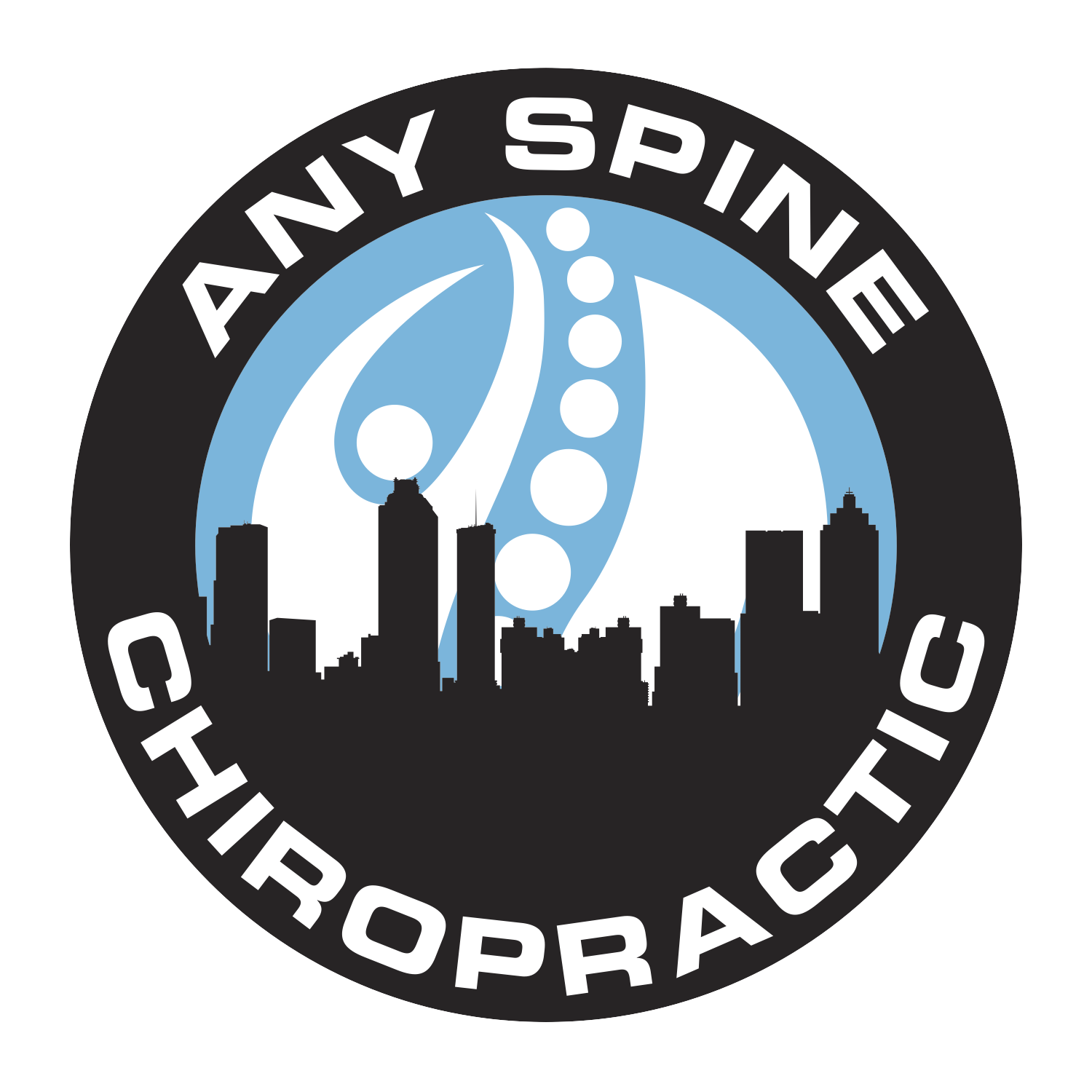Chiropractic Care for Degenerative Joint Disease
Understanding Degenerative Joint Disease
Degenerative Joint Disease (DJD), also known as osteoarthritis, is a condition characterized by the gradual breakdown of cartilage within the joints. Over time, the cartilage that cushions the joints wears down, causing pain, stiffness, and limited mobility. While aging is often considered a primary factor, DJD is frequently a secondary condition that arises from underlying issues like spinal subluxations. When the spine is misaligned, it can create uneven stress on the joints, accelerating the degeneration process. At Any Spine Chiropractic & Massage Studio, I address these subluxations to relieve joint pressure and help manage the symptoms of degenerative joint disease.
How Subluxations Contribute to Degenerative Joint Disease
Spinal subluxations occur when the vertebrae in the spine are misaligned, disrupting the normal movement of the joints and placing uneven pressure on specific areas. Over time, this misalignment creates excessive wear on the joints, leading to inflammation and damage to the cartilage. As a result, joints that are forced to bear extra weight or move improperly may develop degenerative joint disease more rapidly than they would otherwise.
By addressing spinal subluxations and restoring proper alignment, chiropractic care can help slow the progression of DJD and reduce the associated pain and stiffness.
How Chiropractic Care Can Help with Degenerative Joint Disease
Chiropractic care offers a natural, non-invasive approach to managing degenerative joint disease by focusing on spinal alignment and joint function. Here’s how chiropractic treatment can help:
1. Spinal Adjustments to Correct Misalignment
The foundation of chiropractic care is correcting spinal subluxations through gentle, targeted adjustments. When the spine is properly aligned, the joints can function as they are intended, reducing the excessive stress that contributes to degeneration. Regular spinal adjustments help restore balance to the body, relieving pressure on affected joints and allowing them to move more freely.
By maintaining proper spinal alignment, chiropractic care helps reduce the wear and tear on the joints, slowing the progression of degenerative joint disease and promoting long-term joint health.
2. Improving Joint Mobility
Restricted joint movement often leads to compensatory patterns, where other joints or areas of the body take on more stress. Chiropractic care focuses on restoring proper mobility to the spine and other joints, ensuring that the body moves as it should. By improving joint function, chiropractic adjustments help reduce stiffness, alleviate pain, and enhance overall flexibility.
When the joints move freely and without restriction, there is less risk of further degeneration, and patients can experience greater ease in everyday activities.
3. Reducing Inflammation
Inflammation is a common symptom of degenerative joint disease and can cause significant pain and discomfort. Chiropractic care helps reduce inflammation by relieving pressure on the joints and nerves. By improving spinal alignment and reducing joint stress, chiropractic adjustments create an environment that promotes healing and reduces the inflammatory response.
As inflammation decreases, patients often experience less pain and greater mobility, making it easier to manage the daily impact of DJD.
4. Strengthening Supporting Muscles
Weak muscles around the joints can contribute to poor posture and misalignment, which in turn worsens the symptoms of degenerative joint disease. Chiropractic care includes personalized exercises to strengthen the muscles that support the joints, especially in the core, back, and legs. Strengthening these muscles helps stabilize the joints, reducing the strain on cartilage and slowing the progression of DJD.
At Any Spine Chiropractic & Massage Studio, I provide guidance on exercises and stretches that improve muscle strength and support proper joint function, helping to prevent further degeneration.
Benefits of Chiropractic Care for Degenerative Joint Disease
Chiropractic care offers several benefits for individuals with degenerative joint disease, including:
- Non-Invasive Relief: Chiropractic adjustments provide a natural, drug-free approach to managing pain and stiffness caused by DJD.
- Addressing the Root Cause: By correcting spinal subluxations, chiropractic care targets the underlying cause of joint degeneration and promotes better joint health.
- Pain Reduction: Chiropractic adjustments and therapies help reduce pressure on the joints and alleviate pain in the back, neck, and other affected areas.
- Improved Mobility: By restoring joint mobility and reducing stiffness, chiropractic care enhances flexibility and movement, allowing patients to perform daily activities with greater ease.
- Long-Term Management: Chiropractic care provides a long-term solution for managing DJD by maintaining proper alignment and preventing further degeneration.
What to Expect from Chiropractic Care for Degenerative Joint Disease
At Any Spine Chiropractic & Massage Studio, I begin with a comprehensive assessment of your spine and joints, including a review of your medical history and an examination of your posture and movement patterns. Based on this evaluation, I will develop a personalized treatment plan that addresses the underlying subluxations and helps manage the symptoms of degenerative joint disease.
Your treatment may include regular spinal adjustments, exercises to strengthen supporting muscles, and lifestyle advice to promote joint health. With consistent chiropractic care, you can expect to experience reduced pain, improved mobility, and better overall joint function, allowing you to live more comfortably with DJD.
Take the First Step Toward Managing Your Joint Health
If you’re dealing with degenerative joint disease and looking for a natural approach to managing your symptoms, chiropractic care may be the solution. Contact Any Spine Chiropractic & Massage Studio today to schedule your appointment. Together, we can work to relieve your pain, improve your mobility, and promote long-term joint health.

